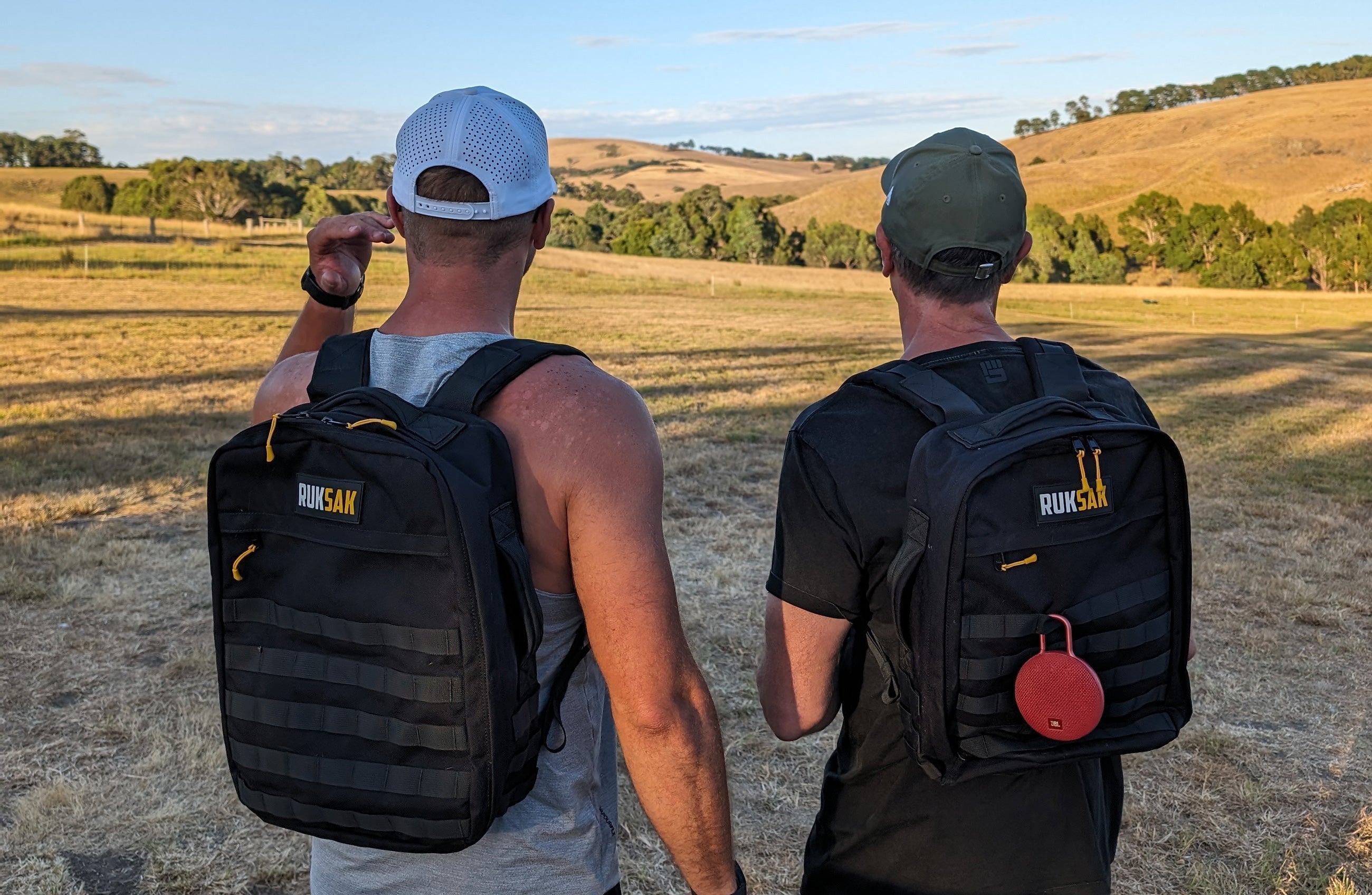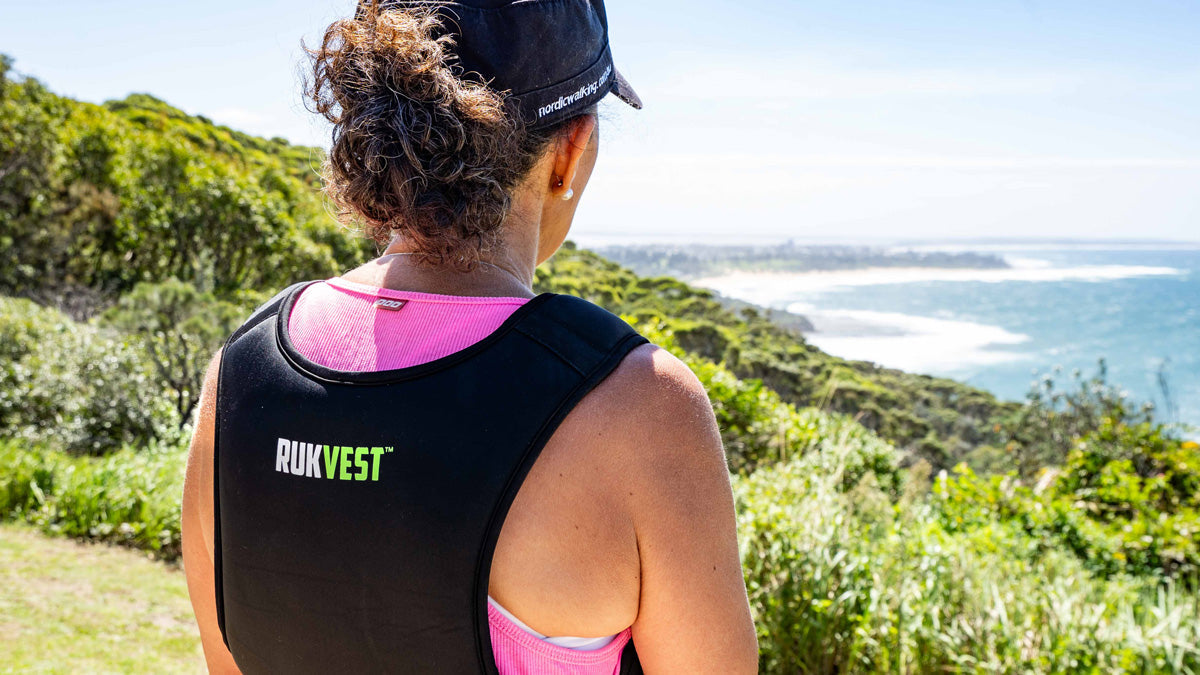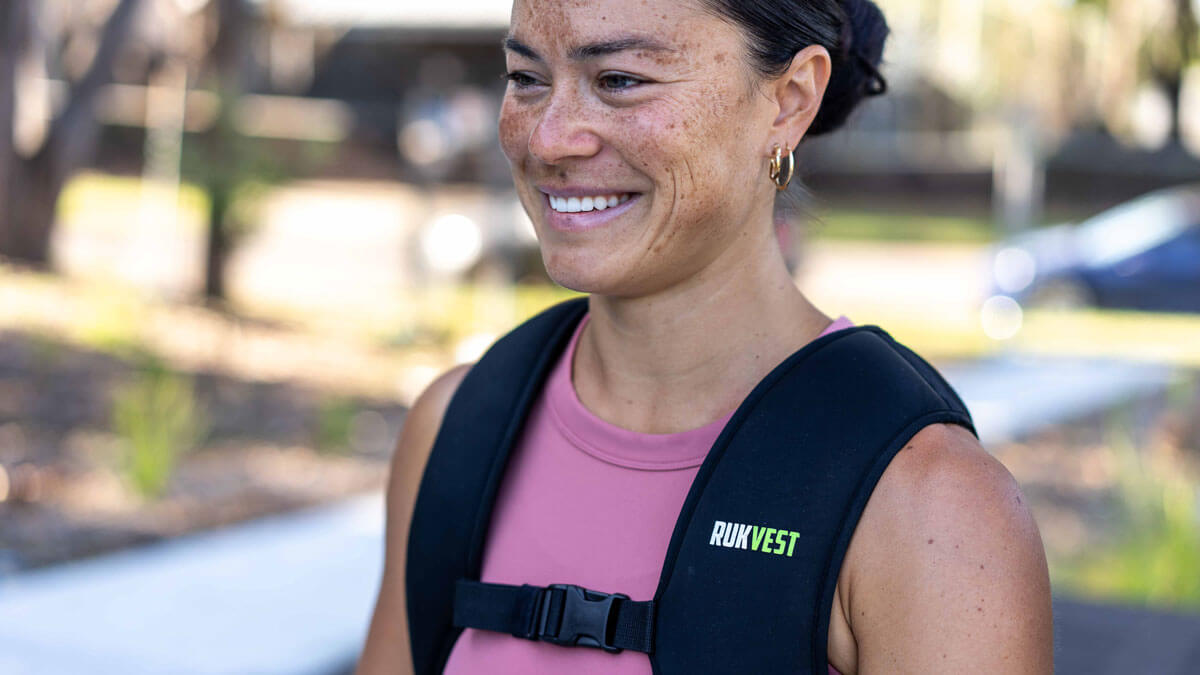Rucking, a form of exercise that involves walking with a loaded backpack, has gained popularity for its simplicity and effectiveness in improving fitness levels. Unlike standard walking, which primarily targets cardiovascular health and calorie burning, rucking incorporates the principles of progressive overload training, making it a robust choice for those seeking functional strength gains and overall fitness improvements.
Key Takeaways
- Rucking combines walking with resistance training by adding weight to a backpack.
- Progressive overload—gradually increasing weight—builds strength, endurance, and fitness.
- It strengthens legs, core, and posture while improving cardiovascular health and calorie burn.
- Start light (2–5kg) and add weight weekly to safely increase challenge and prevent plateaus.
- Rucking is a sustainable, low-impact way to improve strength and fitness for all levels.
Understanding Progressive Overload Training
Progressive overload is a fundamental principle in strength training, stating that to make progress, the muscles must be continually challenged by increasing resistance or workload over time. This concept applies directly to rucking: by adding weight to a backpack and gradually increasing that weight as strength and endurance improve, individuals can effectively stimulate muscle growth and enhance cardiovascular fitness.
In practical terms, progressive overload in rucking means starting with a manageable weight in the backpack and gradually increasing it as the body adapts. For example, a beginner might start with 2 kilos and aim to increase by 1 kilo every few weeks. This gradual increase ensures that the muscles are consistently challenged, leading to strength gains and improved endurance.
Why Rucking Outperforms Standard Walking
While standard walking offers numerous health benefits, such as improved circulation and mood enhancement, rucking provides additional benefits through progressive overload:
1. Strength Development:
Rucking engages muscles throughout the body, particularly in the legs, core, and upper body, due to the added weight. This engagement stimulates muscle growth and enhances muscular endurance more effectively than walking alone.
2. Calorie Burn and Metabolism:
Walking briskly burns calories, but rucking with added weight increases the energy expenditure significantly. This not only aids in weight management but also boosts metabolism post-exercise, leading to continued calorie burn throughout the day.
3. Cardiovascular Fitness:
Rucking challenges the cardiovascular system similarly to brisk walking but with the added resistance. Over time, this improves heart and lung function, making everyday activities easier and reducing the risk of cardiovascular diseases.
4. Posture and Stability:
Carrying weight during rucking promotes better posture and stability, as the body adapts to maintaining balance with the load. This can prevent injuries and improve overall body alignment.

Example Routine for Building Strength with Rucking
For individuals looking to build strength through rucking, a structured routine can be highly effective:
Week 1-2: Foundation Building
- Frequency: 3 sessions per week
-Duration: 20-30 minutes per session
- Weight: Start with 2-5 kilos
- Focus: Establishing a comfortable pace and form
Week 3-4: Progressive Overload Initiation
- Frequency: 3-4 sessions per week
- Duration: 30-45 minutes per session
- Weight: Increase by 1-2 kilos every week
- Focus: Gradually increasing weight while maintaining form and pace
Week 5-8: Strength Development
- Frequency: 4 sessions per week
- Duration: 45-60 minutes per session
- Weight: Aim for 8-15 kilos
- Focus: Incorporate hills or varied terrain to increase intensity
Week 9-12: Peak Strength Phase
- Frequency: 4-5 sessions per week
- Duration: 60 minutes or more per session
- Weight: Continue increasing weight as tolerated (as per a personal goal you may have set)
- Focus: Maintain a challenging pace and terrain variety for optimal strength gains
Rucking offers a unique blend of cardiovascular conditioning, strength development, and postural benefits through the application of progressive overload training principles.
Unlike standard walking, which may plateau in its fitness benefits over time, rucking allows individuals to continually challenge themselves by adding weight and varying intensity. Whether you're a beginner looking to improve overall fitness or an athlete aiming to enhance strength and endurance, incorporating rucking into your routine can provide significant health benefits and long-term fitness gains. Start with a manageable weight, gradually increase over time, and enjoy the training!
--
Written by Dr (Osteo) Lisa Vaughan
B.App.Sci(Osteo)
Osteopath, Fitgenes DNA practitioner, wife, mother, Health and Wellbeing fanatic.








Share:
The Benefits of Rucking: Improving Posture and Musculoskeletal Health
The Superiority of Outdoor Exercise: How Fresh Air and Natural Light Enhance Your Health